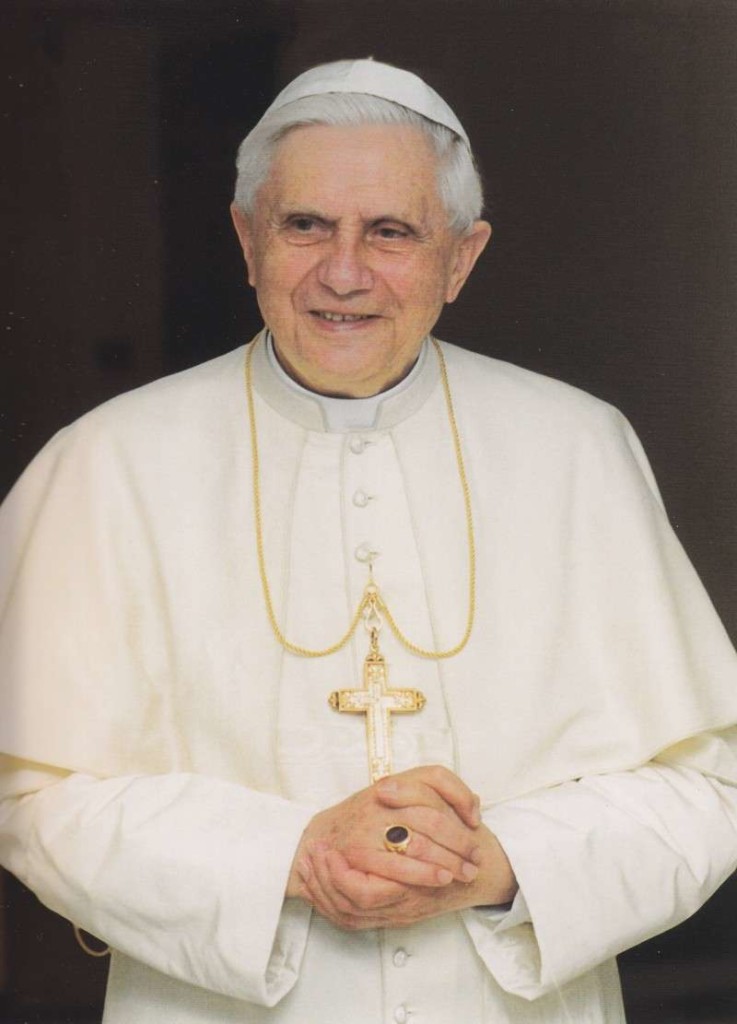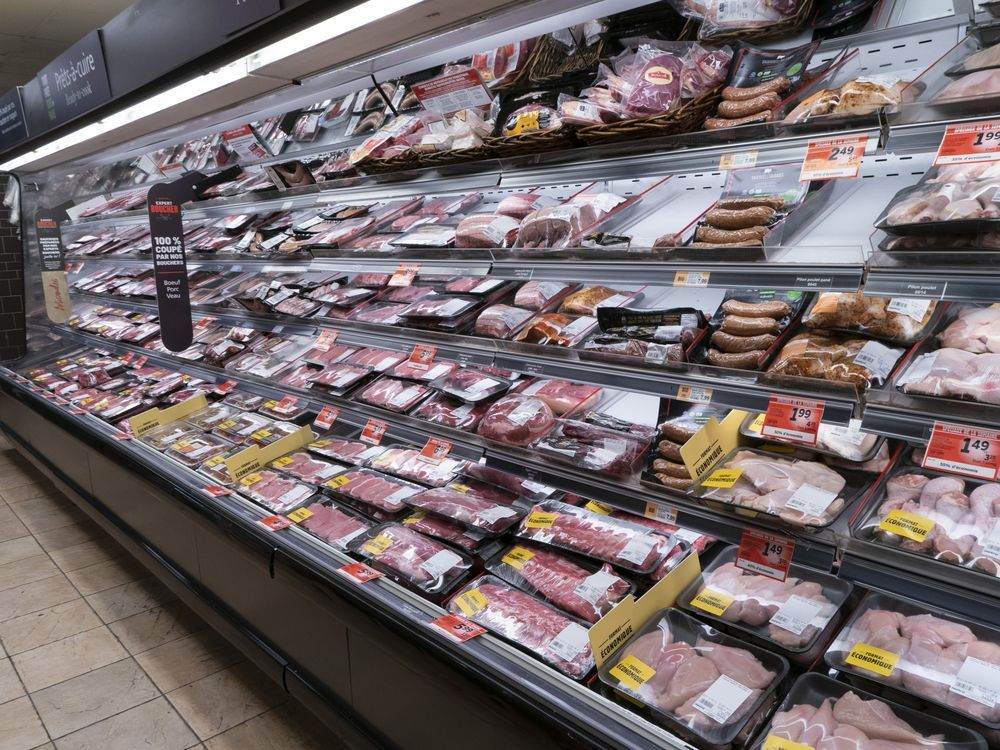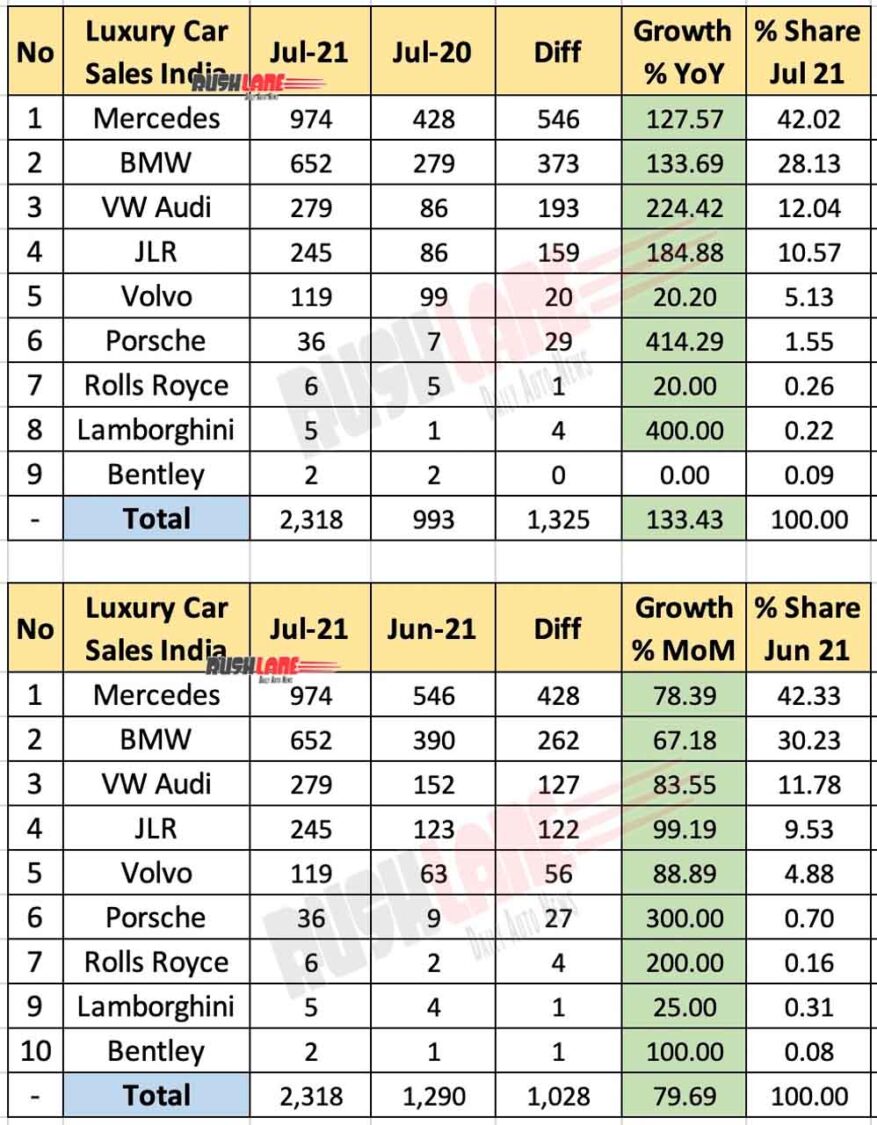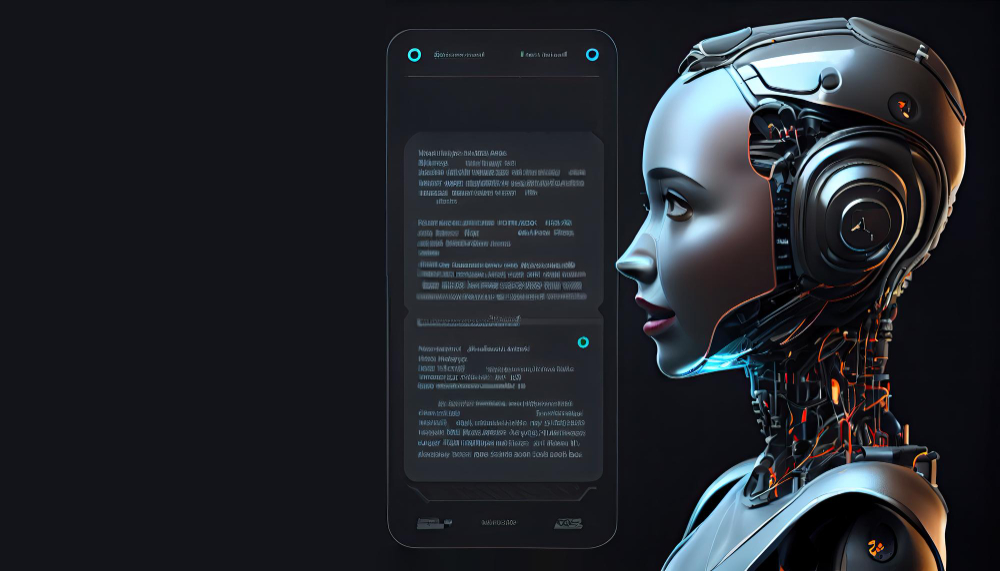The Selection Of A New Pope: A Deep Dive Into Papal Conclaves And Their Traditions

Table of Contents
The History and Evolution of Papal Conclaves
The process of electing a new Pope has evolved significantly throughout history. Early methods were often less formal, relying on acclamation or compromise amongst the clergy. However, as the Church grew in influence and complexity, the need for a more structured and regulated process became apparent. The development of the Papal Conclave as we know it today is a gradual process marked by key historical shifts and reforms.
-
Early methods of papal election: Initially, papal elections were often characterized by factionalism and influence from secular powers. Elections by acclamation were common, where the successor was chosen based on widespread agreement. Compromise elections, where cardinals would agree on a candidate after prolonged deadlock, were also employed.
-
The introduction and evolution of formal conclaves: Over time, concerns about corruption and external interference led to the establishment of more formal procedures. The concept of a secluded meeting, the conclave itself, emerged to minimize external influence and ensure a more deliberate selection process. Papal bulls and decrees progressively refined the rules governing the conclave, aiming for greater transparency and fairness.
-
Key papal bulls and decrees: Significant papal bulls like Ubi periculum (1274) and subsequent decrees played a crucial role in shaping the rules and regulations surrounding the conclave, including restrictions on external communication and the establishment of specific voting procedures.
-
Impact of the Second Vatican Council: The Second Vatican Council (1962-1965) brought about significant changes to the conclave process, including a simplification of certain procedures and a greater emphasis on collegiality among the cardinals. These reforms modernized the conclave while preserving its core traditions.
The Cardinals: Electors of the Supreme Pontiff
The Papal Conclave is exclusively the domain of the cardinals, who serve as the electors of the Supreme Pontiff. Understanding the role and qualifications of these cardinals is crucial to appreciating the conclave's significance. The College of Cardinals, a body of high-ranking clergy, plays a vital role in church governance, with the cardinal electors holding a particularly weighty responsibility during a conclave.
-
Cardinal electors' number and selection criteria: The number of cardinal electors varies, with the total number of cardinals under 80 years of age being eligible to participate in a Papal Conclave. These cardinals are appointed by the Pope and represent diverse regions and perspectives within the Catholic Church.
-
Responsibilities and duties of cardinal electors: Before the conclave, cardinals engage in prayer and reflection, considering the qualities necessary for the next Pope. During the conclave, they are bound by strict secrecy and participate in the voting process. After the election, they assist in the installation and coronation of the new Pope.
-
Significance of the cardinal's vote: Each cardinal's vote carries immense weight, shaping the outcome of the conclave and the future direction of the Catholic Church. The voting process is meticulously designed to ensure fairness and prevent undue influence.
-
Role of the College of Cardinals in broader church administration: Beyond their participation in the Papal Conclave, cardinals serve as advisors and administrators within the Vatican and dioceses worldwide, playing a significant role in the overall governance of the Catholic Church.
The Mechanics of a Papal Conclave: Secrecy and Procedures
The Papal Conclave operates under strict rules and regulations designed to ensure secrecy and a fair election process. The location is kept secure, and communication with the outside world is strictly limited. The voting procedure, known as "scrutiny," involves the careful counting of ballots by designated scrutineers.
-
Conclave location and security measures: Historically held in various locations, modern conclaves are typically held within the Vatican walls, with rigorous security measures in place to guarantee secrecy and prevent interference.
-
The "scrutiny" process of voting and counting ballots: Cardinals cast their votes secretly, with the ballots carefully collected and counted by scrutineers. The process is repeated until a two-thirds majority is achieved.
-
Use of ballots and the role of scrutineers: Special ballots are used to maintain anonymity. Scrutineers, individuals appointed to oversee the counting, ensure the integrity of the voting process.
-
Significance of the two-thirds majority requirement: The two-thirds majority requirement is designed to prevent a hasty or divisive decision and to ensure a strong consensus amongst the cardinal electors.
-
Announcement of the new Pope and the "Habemus Papam" tradition: The election of the new Pope is announced to the world with the iconic phrase "Habemus Papam!" (We have a Pope!), followed by the announcement of the new Pontiff's name.
Symbolism and Tradition in Papal Conclaves
The Papal Conclave is rich in symbolism and tradition, with many rituals and procedures carrying historical and theological significance. These elements add a layer of solemnity and reverence to the event.
-
Burning of ballots and the "fumata bianca" (white smoke): The color of the smoke emerging from the conclave chimney signals the outcome of the voting. White smoke signifies the election of a new Pope, while black smoke indicates the continuation of the voting process.
-
The role of the Master of Ceremonies and other key figures: Various officials, including the Master of Ceremonies, play crucial roles in managing the conclave, ensuring the smooth execution of procedures and traditions.
-
Traditional prayers and rituals performed during the conclave: Prayers and religious ceremonies are performed throughout the conclave, highlighting the spiritual significance of the event and the cardinals' reliance on divine guidance.
-
Symbolism of the papal vestments and insignia: The vestments and insignia worn by the new Pope, such as the papal tiara (although no longer used) and the Fisherman's Ring, carry deep symbolic meaning, representing the authority and responsibilities of the office.
-
Historical and theological significance of the conclave's rituals: The rituals and traditions are deeply rooted in history, reflecting the evolution of the Church and the enduring importance of the papal office.
Conclusion
The Papal Conclave represents a critical juncture in the Catholic Church’s leadership transition. This article has explored the historical development, procedures, and symbolic richness of this secretive process, from its early, less formal beginnings to the meticulously regulated process of today. Understanding the intricate workings of a Papal Conclave is essential to appreciating the dynamics of selecting the next Supreme Pontiff and the broader influence of the Catholic Church's leadership. Learn more about the fascinating world of Papal Conclaves and the selection of the next Supreme Pontiff. Deepen your understanding of this pivotal process by further researching the history and traditions of the Papal Conclave and its impact on the Catholic faith.

Featured Posts
-
 Cassidy Hutchinson Plans Fall Memoir On Her Jan 6 Testimony
Apr 22, 2025
Cassidy Hutchinson Plans Fall Memoir On Her Jan 6 Testimony
Apr 22, 2025 -
 500 Million Bread Price Fixing May Hearing Could Decide Largest Canadian Settlement
Apr 22, 2025
500 Million Bread Price Fixing May Hearing Could Decide Largest Canadian Settlement
Apr 22, 2025 -
 Chinas Impact On Luxury Car Sales Bmw Porsche And Beyond
Apr 22, 2025
Chinas Impact On Luxury Car Sales Bmw Porsche And Beyond
Apr 22, 2025 -
 The Selection Of A New Pope A Deep Dive Into Papal Conclaves And Their Traditions
Apr 22, 2025
The Selection Of A New Pope A Deep Dive Into Papal Conclaves And Their Traditions
Apr 22, 2025 -
 Building Voice Assistants Made Easy Open Ais 2024 Developer Announcements
Apr 22, 2025
Building Voice Assistants Made Easy Open Ais 2024 Developer Announcements
Apr 22, 2025
